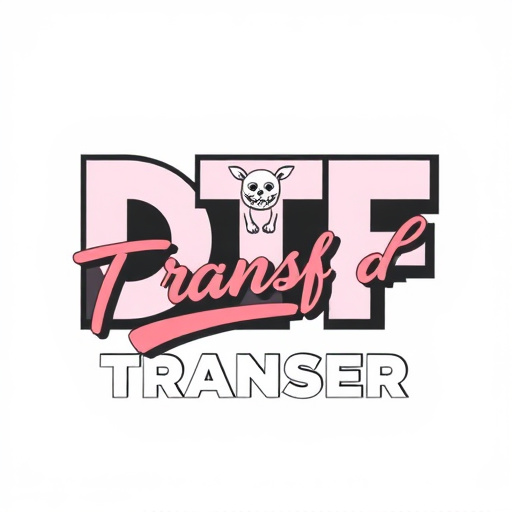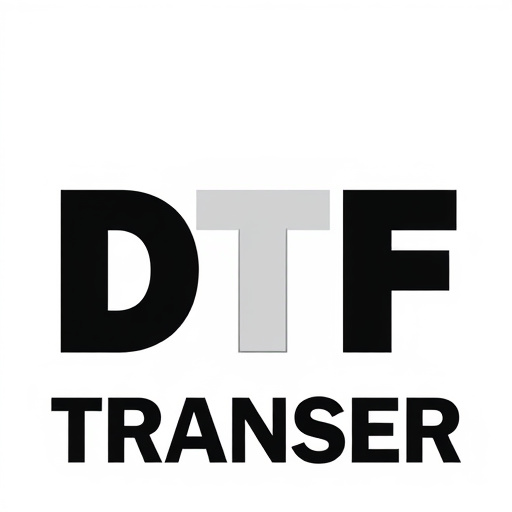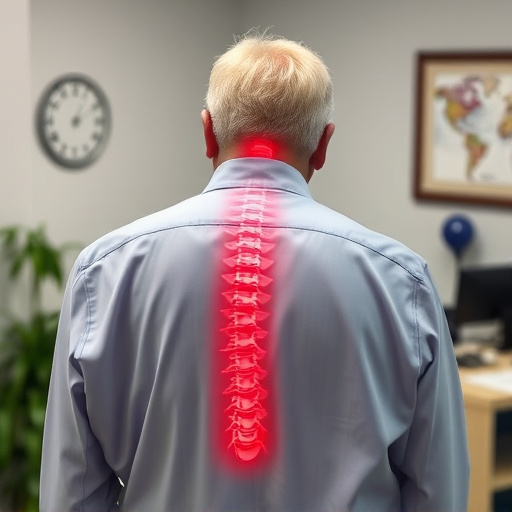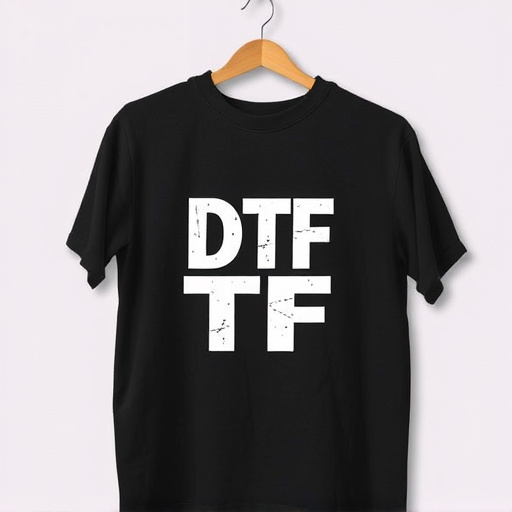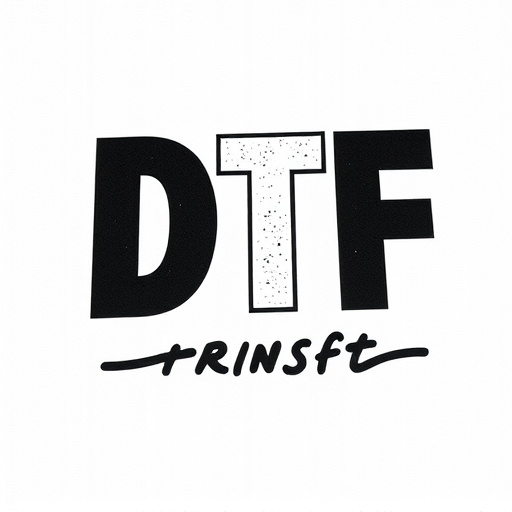Direct-to-Film (DTF) transfers are a state-of-the-art method for digitizing analog films, preserving their authenticity and artistic value. This process involves meticulous preparation, including cleaning and repairing the film, followed by rigorous quality assessment covering color accuracy, resolution, noise levels, and frame rate. Comprehensive testing strategies use a mix of live-action, animation, and various film formats to evaluate DTF transfers accurately. Results analysis is crucial for refining the transfer process, ensuring high-quality digital representations suitable for archival or modern display.
Direct-to-film (DTF) transfers offer a promising path for preserving cinematic legacy. However, ensuring the quality of these digital recreations is paramount. This article delves into the intricacies of trial and test DTF transfers, guiding you through every step from understanding this technology to implementing a robust testing strategy. By the end, you’ll be equipped to make informed decisions, ensuring the integrity of your film’s visual narrative for generations to come.
- Understanding Direct-to-Film (DTF) Transfers: A Brief Overview
- The Need for Quality Assessment in DTF Transfers
- Preparing Your Film for Digital Scanning: Essential Steps
- Choosing the Right Test Cases and Content for Evaluation
- Implementing a Comprehensive Testing Strategy
- Analyzing Results and Making Informed Decisions
Understanding Direct-to-Film (DTF) Transfers: A Brief Overview

Direct-to-Film (DTF) transfers are a cutting-edge method in film preservation and restoration, offering an innovative way to digitize and preserve cinematic heritage. This process involves transferring analog films directly into digital formats without any intermediate steps, ensuring minimal data loss and preserving the original quality. DTF Transfers are particularly valuable for old, fragile, or rare films that might be too delicate for traditional scanning methods.
By utilizing advanced equipment, such as high-resolution cameras and specialized software, this technique captures the film’s texture, color, and even subtle imperfections, providing a faithful digital replica. This approach is not just about converting film to digital; it’s about preserving a unique artistic expression captured on celluloid, ensuring that future generations can appreciate and study these cinematic treasures without sacrificing their authenticity.
The Need for Quality Assessment in DTF Transfers

In the realm of film preservation and restoration, direct-to-film (DTF) transfers have emerged as a game-changer, offering a cutting-edge method to digitize and safeguard cinematic treasures. However, with this innovative process comes the paramount need for rigorous quality assessment. DTF Transfers, being a sophisticated technique, demand meticulous scrutiny to ensure the integrity and authenticity of the original content are preserved in their digital counterpart.
The significance of quality assessment lies in the ability to detect even the subtlest imperfections or discrepancies that may arise during the transfer process. From color accuracy and resolution to noise levels and frame rate consistency, every aspect must be minutely evaluated. This meticulous process is crucial for maintaining the artistic vision and technical excellence of the original film, ensuring that viewers experience a flawless representation on the big screen or through home entertainment systems.
Preparing Your Film for Digital Scanning: Essential Steps

Preparing your film for digital scanning is a meticulous process that significantly impacts the quality of your DTF (Direct-to-Film) transfer. Begin by ensuring the film is clean, free from debris and dust, which can cause imperfections in the scan. A thorough cleaning process involves using specialized equipment and solutions to gently remove any contaminants without damaging the film’s surface.
Next, inspect the film for any physical damage, such as scratches or tears. Repairs should be made with precision to avoid introducing new flaws. It may involve mending torn edges or carefully buffing out minor scratches. Proper preparation ensures that the original film’s integrity is preserved, resulting in a higher-quality digital transfer.
Choosing the Right Test Cases and Content for Evaluation

When evaluating Direct-to-Film (DTF) transfers, selecting the appropriate test cases and content is paramount to ensure a comprehensive assessment of quality. The first step involves identifying key aspects that define a successful DTF Transfer, such as image clarity, color accuracy, and grain structure. This could include classic films known for their aesthetic appeal or modern releases showcasing advanced cinematography techniques.
For effective evaluation, consider a diverse range of content types: live-action scenes, animated sequences, and special effects heavy films. Each presents unique challenges and opportunities for the transfer process. Additionally, testing a variety of formats (e.g., 35mm, 70mm) and age of film stock will provide insights into how different variables impact the final result, ensuring a robust analysis of DTF Transfer quality.
Implementing a Comprehensive Testing Strategy
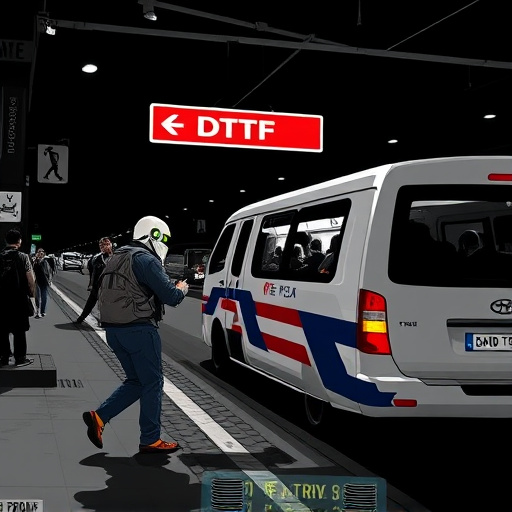
When implementing a comprehensive testing strategy for direct-to-film (DTF) transfers, it’s crucial to consider a multi-faceted approach that encompasses various quality assessment methods. Start by conducting preliminary tests on a small sample of films to establish baseline standards and identify potential issues early in the process. This initial phase should include visual inspections, resolution checks, and color accuracy assessments using specialized equipment like spectrophotometers.
Next, develop a battery of tests that simulate real-world viewing conditions, such as ambient lighting and display technologies. Incorporate subjective evaluations by involving experienced technicians or even focus groups to gather feedback on picture quality, clarity, and overall visual appeal. Additionally, objective measurements like peak signal-to-noise ratio (PSNR) and structural similarity index (SSIM) can quantify the DTF Transfer’s fidelity relative to the original source material.
Analyzing Results and Making Informed Decisions

Analyzing the results of direct-to-film (DTF) transfers is a pivotal step in assessing their quality and making informed decisions about future applications. By meticulously examining each transferred image, professionals can gauge the clarity, color accuracy, grain structure, and overall visual appeal. This process involves comparing the DTF transfer against the original film frame to identify any artifacts, distortions, or losses in detail.
Informed decisions are crucial here. If the results meet the desired standards, it signifies successful optimization for digital display or archival purposes. Conversely, if issues are detected, adjustments to the transfer process—such as modifying settings, employing different techniques, or enhancing post-processing stages—can be made to achieve better outcomes in subsequent transfers. This iterative approach ensures that each DTF transfer is continually refined, ultimately delivering high-quality digital representations of original film material.









